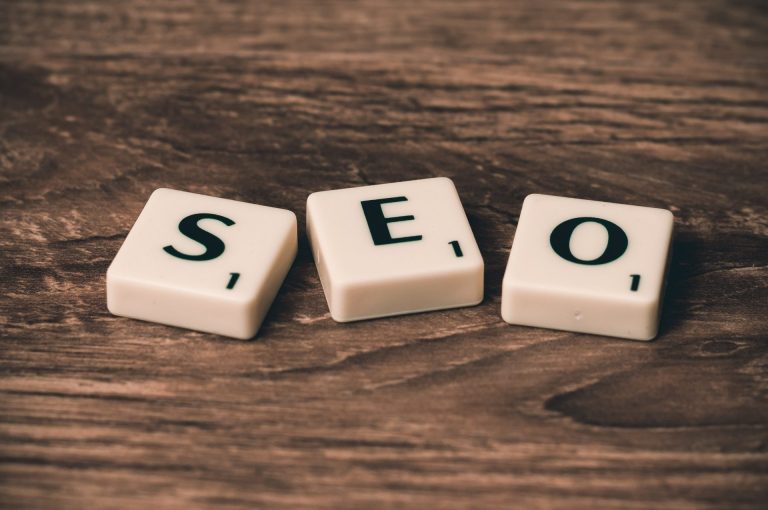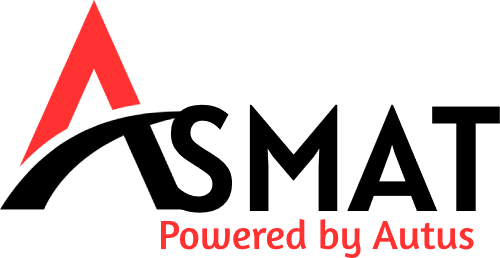
The use of heading tags correctly comes time and again when discussing or learning SEO. It is one of the most important tactics to put into use for effective SEO and when seeking results. However, to the amateur or the student, knowing what H1 to H6 imply, where to use them and how to use them can be taxing to figure out. What are heading tags after all? And where do you put them? It’s time finally know.
What are Heading Tags?
Heading tags are essentially HTML tags allotted to certain parts of a content on a webpage, which is used to segment and identify headings and sub-headings from other types of text, i.e., paragraphs. Heading tags exist from <h1> to <h6>, each depicting subsequent levels of heading, where the title of an article or blog is by default considered an H1 tag.
These tags are imperative to providing structure to the content and allowing easy access to search engines for a better understanding of what the webpage is about – these tags after all are much more than making text large and bold.
The importance and use of these tags work in a hierarchal structure, H1 being the most vital to H6 being the least. Consequentially, H1 is the boldest and the largest which H6 is of the smallest font size among all heading tags. These tags are defined into an HTML text in the following way:
<h1>Main Title</h1>, where slash signifies the end of the tag.
Why use them?
Heading tags do not only segment and structure but also come with various attributes to make user-friendly websites. Nonetheless, search engines specifically use these heading tags solely to index and structure content of web documents.
The main purpose still resides in making a webpage more user-friendly by providing an easy notion of the website just by reading sub-headings.
Making use of Heading Tags:
Stating the obvious, the hierarchy of heading tags should follow the numerical composition. In simple words, <h1> comes first, followed by <h2>, followed by <h3>, followed by <h4>, and so on. Knowing H1 being the most important tag, it must at all times be used for the webpage’s heading itself. This tag should describe everything about a webpage in one shot.
Heading tags can additionally be optimized with keywords as well, keyword optimization being single-handedly the strongest and most-important part of SEO. Combined together, and the results may be phenomenal. After having researched, the optimized keywords should be configured into sections of focused keywords, primary keywords, secondary ones and tertiary ones.
The title tag, being one of the most important, should target at least three keywords, while still being limited to 60 characters.
Optimization can also be focused for featured snippets, of which heading tags are a crucial part of. To make a positive impact and show up on this special place, either of the two things can be done:
- Optimizing the header tag for a long tail-voice search keyword, followed by answers to a query directly below. (This can be done using text with <p> paragraphs.
- Using subsequent smaller heading tags to outline a list. Google will then use these heading tags to present its own featured bullet list.
The frequency of heading tags especially limits for H1 tags should only be one. The frequency of sub-headings should be based on the structure of the content itself. H2s are akin to book chapters which the rest divide these chapters into sub-topics only when required. It is a good practice to only use heading where required, and to not unnecessarily let them pervade an article.
Outside of their SEO purpose, heading tags should be used to breakup text and make an article scannable. Studies have shown that only 16% of internet users would read an article word to word, the rest tend to scan it. A scannable article is also 58% more likely to perform better.
Like many other genius words, consistency is key and the answer to a good SEO article. Using heading tags consistently provides an unforgettable UX – a site achieving its finest detail. Headers should be kept around the length similar to the title tag, around 70 characters each. While sticking to one case format for all headers, do not forget to also keep them interesting, leaving every reader wanting for more.
At the end of the day, good UX (user experience) also translates to good SEO.
Other Frequently Asked Questions (FAQ)
- How many heading tags should you use on a page?
There is no set rule, however the ideal generally is around the following
H1 – 1 time
H2 – 2-4 times (1000 words), 4-8 times (2000 words)
H3 – 3-6 times or more
H4 – 4-8 times or more
H5 – 5-10 times
H6 – 6-12 times
As mentioned before, H1-H3 are the most important heading tags that should be used. While the rest cater to SEO, they should not fiddle with user experience.
- What is the use of a title tag in SEO?
A title tag is an HTML element, and is used to search engines as SERP’s clickable headline. It’s purpose is to give a concise description of the article and lure readers in.
- Is there any correlation between the amount of characters in heading tags to word count in higher ranking pages?
There is either none or negligible amount of correlation between the two. The purpose of search engines is to provide to their audience the best of internet, and hence, SEO practices heavily rely on better user experiences. Using 60-70 characters in a heading is recommended for the ease of viewers, thereby improving UX. Better the UX, better the SEO.
- Does having multiple H2 tags hurt SEO?
Generally not, since most H2 tags are used to segment and highlight a structure within an article. In fact, most people tend to use multiple H2 tags as long as it serves the purpose of the webpage and its contents.
- Are multiple H1 tags a good SEO practice?
Search engines don’t really care about multiple H1 tags and they have nothing against them. However, it is still a good practice to only use one H1 tag to highlight the main motive of a webpage. Multiple H1 tags can make a page look aesthetically unappealing and confusing to the viewer for its big and bold text across the page, thereby damaging user experience.

